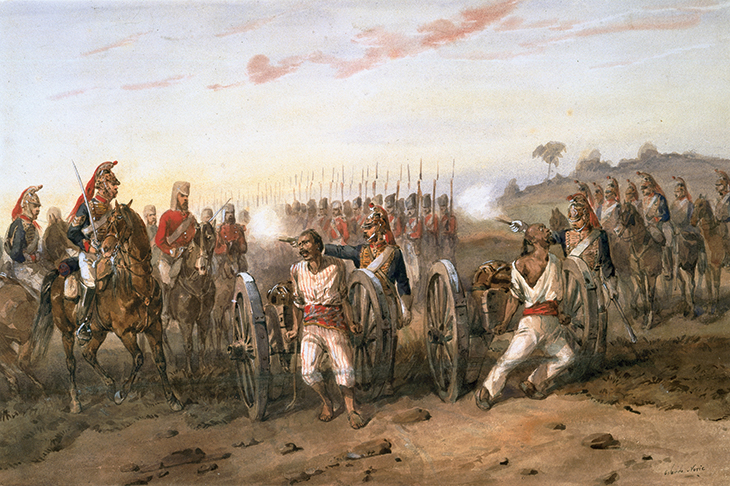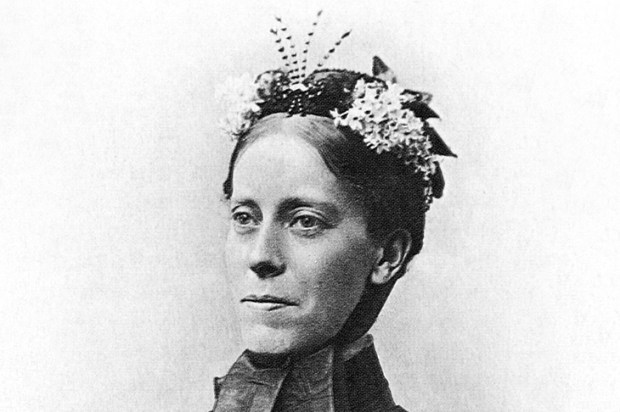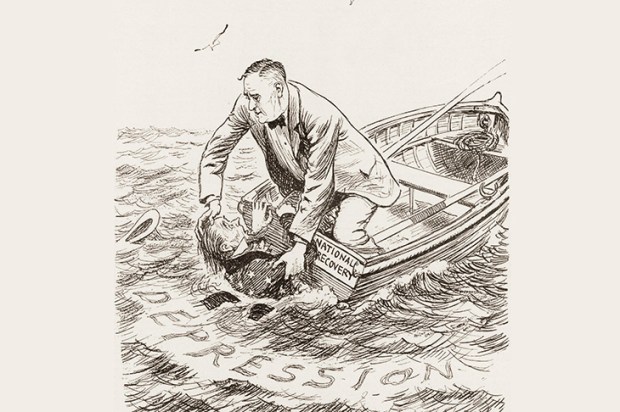Many and various are the things one finds in Kentish pubs (I’m told); but few could top the sepoy’s skull discovered at The Lord Clyde, Walmer, complete with brief biography:
Skull of havildar ‘Alum Bheg’, 46th Regt. Bengal N. Infantry… blown away from a gun.
From this grisly starting point, Kim Wagner, lecturer in British imperial history at Queen Mary University of London, narrates how, in the swelter of mid-1857, following outbreaks throughout British India, native Bengal Army units at Sialkot mutinied, killing officers and civilians and looting the cantonment, and then set out for Delhi to join Bahadur Shah, the briefly-minted ‘Emperor of India’.
They didn’t make it. All but wiped out by ‘Nikal Seyn’ Nicholson’s moving column, the survivors fled into the Himalayas. A year later they were dragged back to Sialkot and executed, havildar Bheg among them. His head was picked up, ‘defleshed’ and brought home to Dublin by a captain of the 7th Dragoon Guards — ‘the ultimate proof’, as Wagner deems it, ‘of colonial power’.
Alive, it must be said, Alum Bheg does not feature too prominently. An ‘archival absence’ about him before his execution surely means he was not a ‘principal leader in the mutiny’, as the note appended to his skull suggests. By and large it would appear that he died as proxy for a more notorious mutineer, the cartoonish former flogger of the district court.
But how the havildar (or sergeant) went from loyal servant of John Company to mutineer gives scope for looking at the wider mutiny. Indian conceptions of armed service proved incompatible with the East India Company’s. The sepoys — largely Hindustanis, in the Punjab which they’d recently helped to add to British territory — saw themselves as kingmakers, a caste-like group unto themselves, with privileges to uphold and a strict, contractual attitude towards the ‘military labour market’. The Company, though, was now the last employer standing, and had a different idea of their obligations.
Religion, obviously, played its part. A fatal air hung over the centenary of British dominance in the subcontinent. The reports of fat-smeared cartridges were, infamously, everywhere. And though the EIC officially frowned on evangelism, Sialkot was ‘overrun by zealous Christians’. For their part, the sepoys — Hindu, Muslim or other — were quick to turn their scruples into larger problems.
Geography did not help, either. At a ‘border post at the end of a road leading nowhere’ (now in Pakistan), with the cables cut and the mail prohibited, the Sialkot forces were the last to mutiny — victims, essentially, of a vicious spiral of distrust, fear and professional outrage. The British thought they saw conspiracy everywhere; the sepoys were terrified of their artillery being turned against them.
In all, at Sialkot, events were rather minor — seven British deaths, including one woman and one baby. But they epitomised the general pattern of the ‘Uprising’ (Wagner’s preferred term), not least because hysterical reports of ‘violation’, baby-murdering and mutilation poured fuel on the retributive colonial fire, ‘sealing the fate of all the Indian troops’, however culpable.
In his telling of the life, death and afterlife of Alum Bheg, Wagner is at home with terms like ‘orientalising’, ‘fetishised’ and ‘subaltern prosopography’. But the violence of 1857 was mutiny, not (his quotes) ‘Mutiny’; an NCO is not ‘an officer’, particularly here; and Bheg, however small a role he played at Sialkot, wasn’t ‘innocent’. Nor do I accept Wagner’s blithe dismissal of the idea that rebel violence might have played a part in brutalising the British soldiery.
Nonetheless, Nicholson’s ‘exemplary’ gory punishments were denounced by British contemporaries, and in aiming the judicial cannonade at native audiences, the hell-mouth of the cannon reignited the same cultural-religious fears that had sparked the whole damn business in the first place.
As one lieutenant noted sadly in his diary: ‘Such cruelties must tell against us in the long run.’
Got something to add? Join the discussion and comment below.
Get 10 issues for just $10
Subscribe to The Spectator Australia today for the next 10 magazine issues, plus full online access, for just $10.
You might disagree with half of it, but you’ll enjoy reading all of it. Try your first month for free, then just $2 a week for the remainder of your first year.














Comments
Don't miss out
Join the conversation with other Spectator Australia readers. Subscribe to leave a comment.
SUBSCRIBEAlready a subscriber? Log in